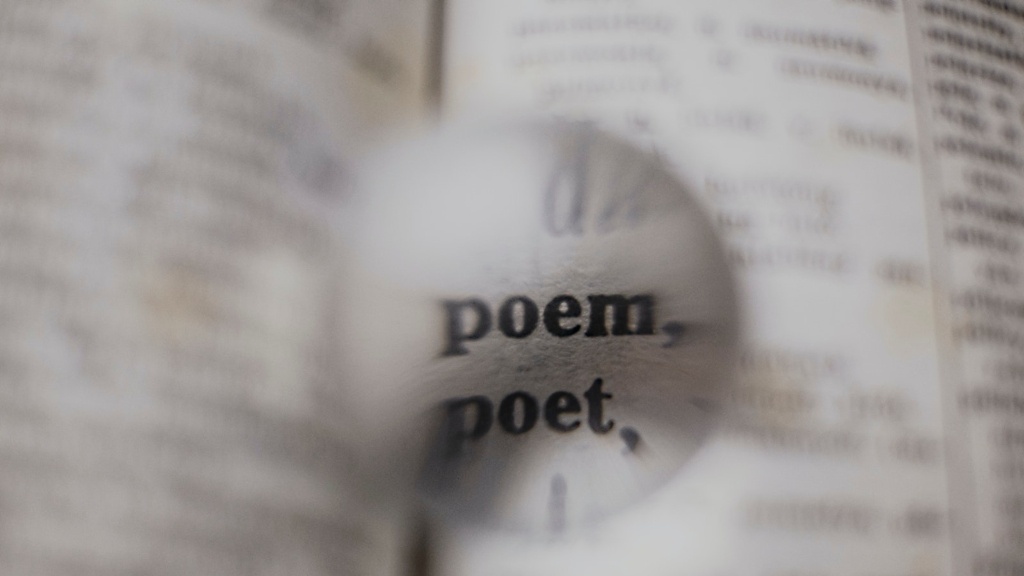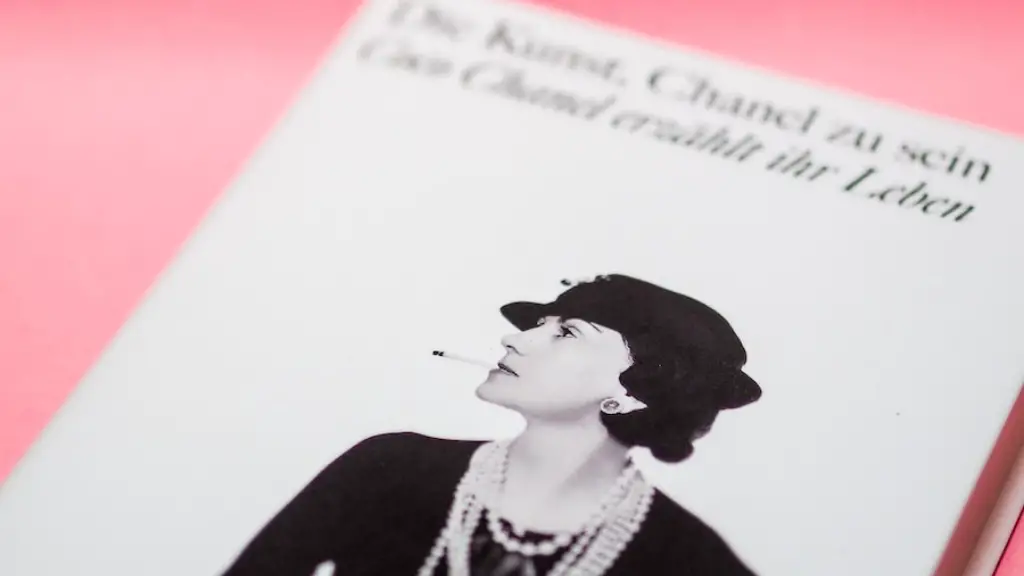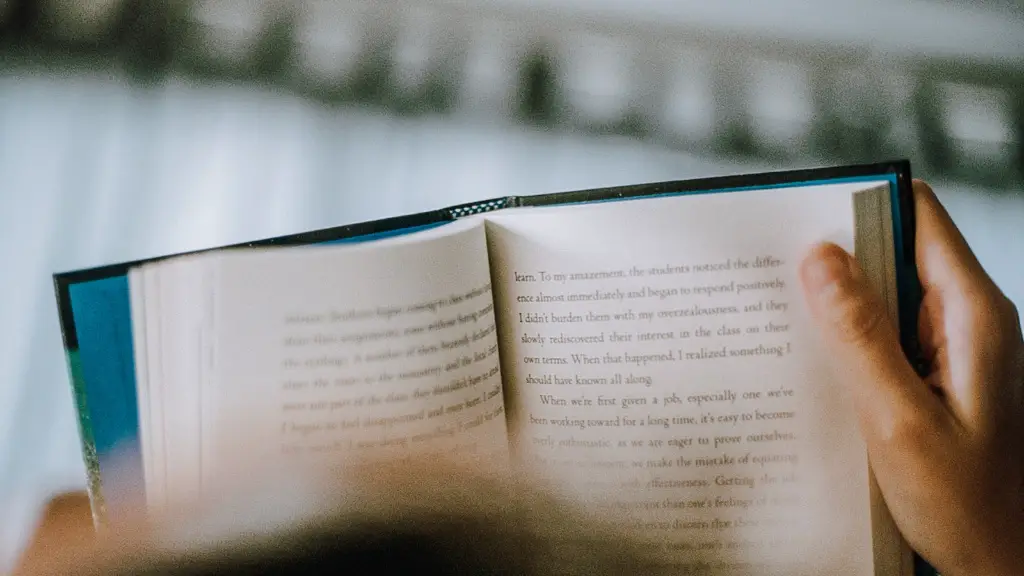Slam Poetry
Slam poetry is an artistic, creative expression of spoken words, where artists perform their self-authored poems with a wide range of content that often expresses the values, interests and lives of the performers. It is a form of poetry generally performed in a competitive setting, allowing poets to communicate their works to live audiences, who are then able to appreciate their poetic talents. This type of performance poetry allows artists to have a platform to showcase their unique voices and stories. It is a great way to build a meaningful connection between poets and their listeners.
Slam poetry usually consists of an artist standing in front of an audience, with a self-authored poem in hand. The artist then speaks, recites or presents their poem with a style that is both expressive and engaging. Poets often use rhythm and physicality to emphasize and enliven their words. This performance-based art form allows individuals to express powerful emotions and opinions. Poets can be humorous, passionate, and passionate about their crafts, creating the perfect opportunity for an intense and engaging performance. Furthermore, the competitive aspect of slam poetry allows for those in the audience to cast their votes to validate and evaluate the artist’s performance.
The roots of slam poetry can be traced to the 1980s, when poet Marc Smith created a competitive performance event in Chicago. From this event, slam poetry (also known as spoken word poetry and performance poetry) began to spread throughout other cities in the United States. It has since become a globally recognized art form, with hundreds of slams happening worldwide. Slam poetry is widely popular due to its passionate and personal way of expressing emotions and thoughts. Often performers will share their innermost feelings and thoughts with an audience, allowing the audience to connect with the performers in a meaningful way. Additionally, many viewers also enjoy participating in slams because of the competitive nature of slamming. It allows them to show their support for up-and-coming young performers by voting for the poets whom they believe are best.
Slam poetry has been gaining popularity due to the rise of online streaming platforms, such as YouTube and Instagram. The art form offers many ways for performers to challenge themselves and the audience. It is an exciting way for performers to showcase their talents, engage with the crowd, and gain exposure. Social media has been essential in its ability to increase the visibility of slam poetry and bringing it to a wider audience. Additionally, many festivals and competitions are held around the world where poets can compete in poetry slams and showcases. These events draw in a diverse range of artists and audience members, giving them the opportunity to participate in and witness slam poetry in action.
Although slam poetry may appear to be similar to other styles of performance poetry, it is unique in its own right. It is more than just a platform for expression; it allows performers to hone and specialize their craft. Through rehearsals, practice, and recitals, artists are able to further develop their skills as performance poets. This elevates the quality of their work and allows them to deliver powerful and meaningful messages. By bringing their work to live audiences, poets are able to create an intimate and potent experience with their audiences. Furthermore, the competitive aspect of slam poetry encourages performers to take risks with their content and to push boundaries. As a result, performers are able to share their meaningful stories and leave a lasting impression on their audiences.
Significance of Slam Poetry
Slam poetry is not only an art form, but it is also a form of expression and communication. It allows writers to showcase their stories and to make their voices heard. Through their poems, writers are able to deliver powerful messages to audiences and engage them with their ideas and perspectives. This relatedness between poet and audience helps to create a unique environment in which people share and interact with art. Additionally, slam poetry affects society in terms of providing a voice to topics that may otherwise be overlooked or trivialized.
The experimentation and creativity inherent in slam poetry have the ability to shine a light on important topics such as race, gender, and socio-economic status. It offers an opportunity to bring diverse perspectives and stories to the stage, allowing poets to speak openly about the issues that matter to them. This gives audiences a new, more personal, perspective on these topics. Thus, slam poetry can be seen as an outlet to express, challenge, and start conversations in traditional and alternative settings. By bringing issues to the forefront, slam poetry can be seen to be a tool for change.
Additionally, slam poetry has become increasingly popular in educational settings, such as classrooms and youth centers, in order to teach students about the craft. This encourages the development of new skills and the expression of emotions through writing and performance. Such an exercise can have valuable psychological effects, such as instilling confidence, developing self-confidence, and building communities. It is being used more and more in therapeutic, mental health, and rehabilitation settings, to assist in the recovery process and provide solace to people undergoing tough times.
Slam poetry has been proven to offer tremendous benefits to performers, audiences and communities alike. Through performances, practices and learning opportunities, this particular form of performance poetry has been able to leave a lasting impression upon individuals and societies alike.
Origins of Slam Poetry
While slam poetry has become increasingly popular over the past several decades, it is important to consider its course and evolution to fully understand it. As previously mentioned, the competitive and artistic performance poem was first established in Chicago, in the 1980s. The founder, Marc Smith, found himself inspired by musical performances, and sought to apply that concept to the poetry form. Seeing a great deal of potential, Smith encouraged the growth of slams. With his support, slam poetry slowly spread across different cities and countries, earning popularity adding to its current status.
Furthermore, slam poetry has undergone a great deal of experimentation in its evolution. Initially, the poetry performed was all about personal stories, which spoke to the human experience. Over time, however, the genre diversified and artists began to explore relevant political and social topics in their work. This allowed slam poetry to be seen as a voice for opinionated youth and as way of advancing change in an effective and creative way. Moreover, some artists have even drawn inspiration from other musical forms, such as rap, funk and soul, in order to add an extra dimension of creativity to their performances.
In the recent era, slam poetry has become much more than just a hobby. Many poets have gone on to win awards and recognition for their work, while festivals dedicated to this art form are held around the world. Furthermore, technology has also provided a platform for slam poetry to be shared with wider audiences, consequently leading to the growth of this unique performance poetry form.
Critique of Slam Poetry
At the same time, there have been some criticisms of slam poetry. Some find that the competitive element of slams can be intimidating and damaging to the sense of shared community within the slam poetry scene. Furthermore, during performances, audiences may only remember or pay attention to the louder performers, leading to a perpetuation of stereotypes and inequality. Additionally, some slams have rules that require poets to write about experiences on the stage. This can lead to artists not being able to explore certain subjects, which may hinder artistic growth and diversity.
Another critique is the misrepresentation of slam poetry in pop culture. The proliferation of slam has grown such that it has been romanticized, which can be seen as detrimental to slam poetry as an art form. Many slam poets have found that because of this misinterpretation, they can no longer find an audience. This can be discouraging for poets and serves to limit the potential of slam poetry to make a real impact on society.
A final critique is that slam poets are placed in a certain bracket, where they come to expected to behave a certain way in order to conform with the standards and ‘slam culture’ of the slam scene. This expectation of behavior can be seen to be limiting for poets, particularly when it comes to self-expression. This is a real issue as it can serve to discourage or even exclude certain performers from the slam scene, whose creative styles may not fit in with what is seen as the ‘norm’.
Techniques of Slam Poetry
Though there is no one set way of slam poetry, there are certain techniques that slam poets have developed and are commonly used in slams. A common technique is the use of vivid imagery and metaphors to give life to the words. Poets often also use sound devices such as rhyme and intonation to emphasize their words and captivate their audience. Through the use of these techniques, poets are able to convey powerful messages to a wide variety of audiences.
Slam poets also usually use call-and-response techniques, where the audience is encouraged to interact with the poet by echoing responses. This technique helps to engage the audience further, as well as becoming part of the performance. Furthermore, poets also often use hand gestures and body language to further emphasize their words and bring life to their work. In doing so, poets are able to portray their feelings through actions as much as with their words.
Slams also usually have a score system where certain elements of the performance are scored. These include the delivery, the content and the style of the poem. This helps to create a more engaging and competitive atmosphere, as the audience feels that their vote really counts. It is also useful for poets as they are able to gauge the level of engagement. Thus, the score system further adds to the interactive and intimate nature of slam poetry performances.
Benefits of Slam Poetry
There are plenty of benefits to be gained from participating in slam poetry. One of the main benefits is the development of self-confidence. Slam poets often have to battle nerves, stage fright, and self-doubt, which can lead to a great deal of mental strain. Performing regularly and participating in slams can help poets be more comfortable and learn to trust themselves and their words. Because of this, performing becomes a form of self-expression, allowing them to build confidence and express themselves without fear of being judged.
Additionally, slam poetry has been shown to have positive psychological effects on those who participate. It has been shown to help poets to manage their emotions, as well as to boost their self-esteem. Furthermore, it can also aid individuals in their healing and recovery processes. Furthermore, it can provide a sense of community for those who are feeling isolated or lonely, as the nature of slams creates an intimate and engaging experience between poet and audience.
Lastly, slam poetry can be used as a tool of creative expression. It provides artists with the opportunity to explore different topics and ideas, to empower their voices, to promote equality, and to make an impact. It is not only an art form, but also serves as a way for poets to contribute to society in a meaningful and powerful way. Participating in slams provides individuals with immense creative potential, the power to make a difference, and the capability to inspire and even ignite a sense of change in their audience’s lives.





